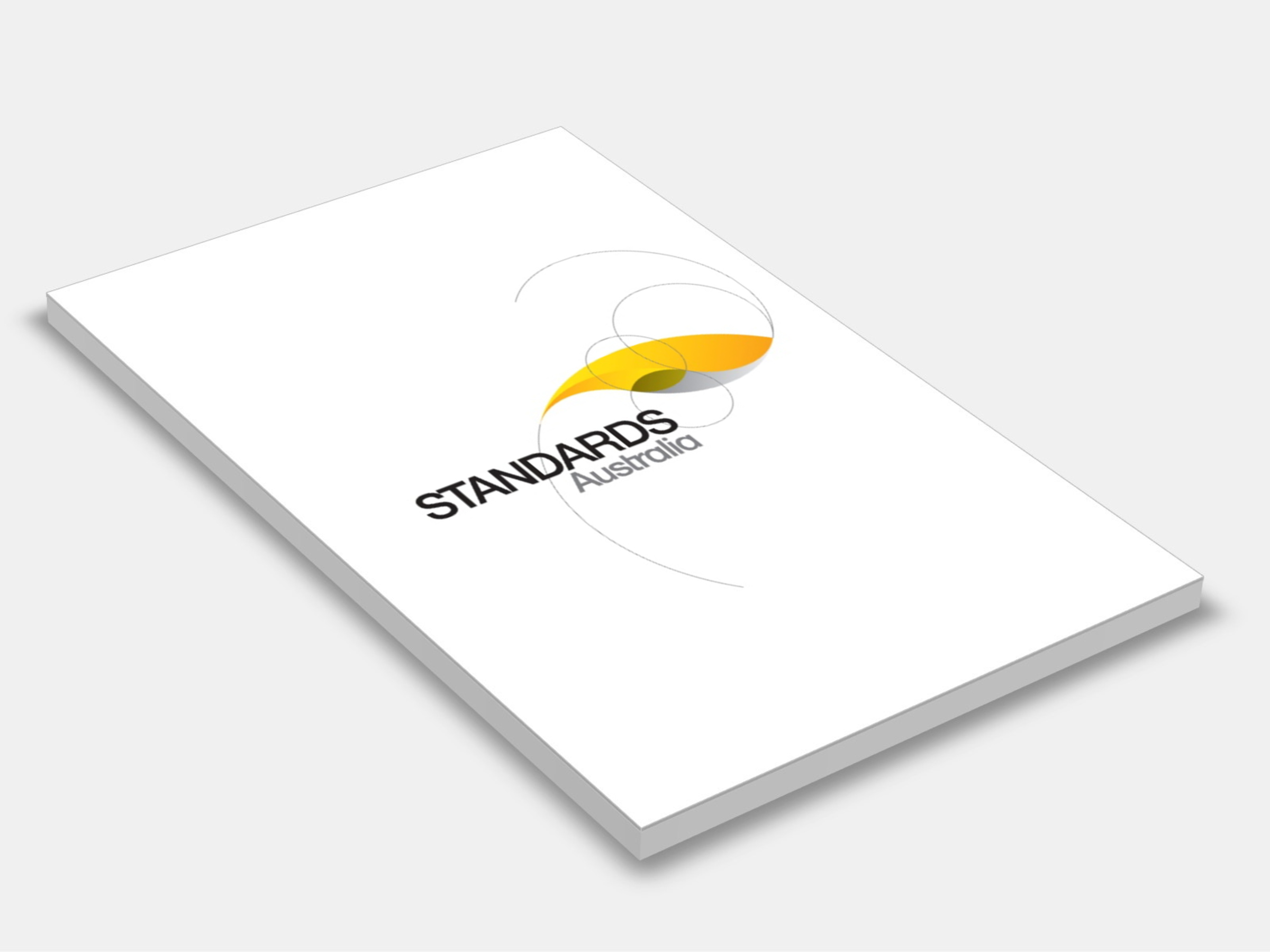
Type
Publisher
Standards Australia/Standards New Zealand
Publisher
Standards Australia/Standards New Zealand
Version:
Third Edition 2020.
(Current)
Short Description
Specifies requirements and means of conformance for the design, installation and commissioning of LP Gas installations in caravans and boats for non-propulsive purposes.
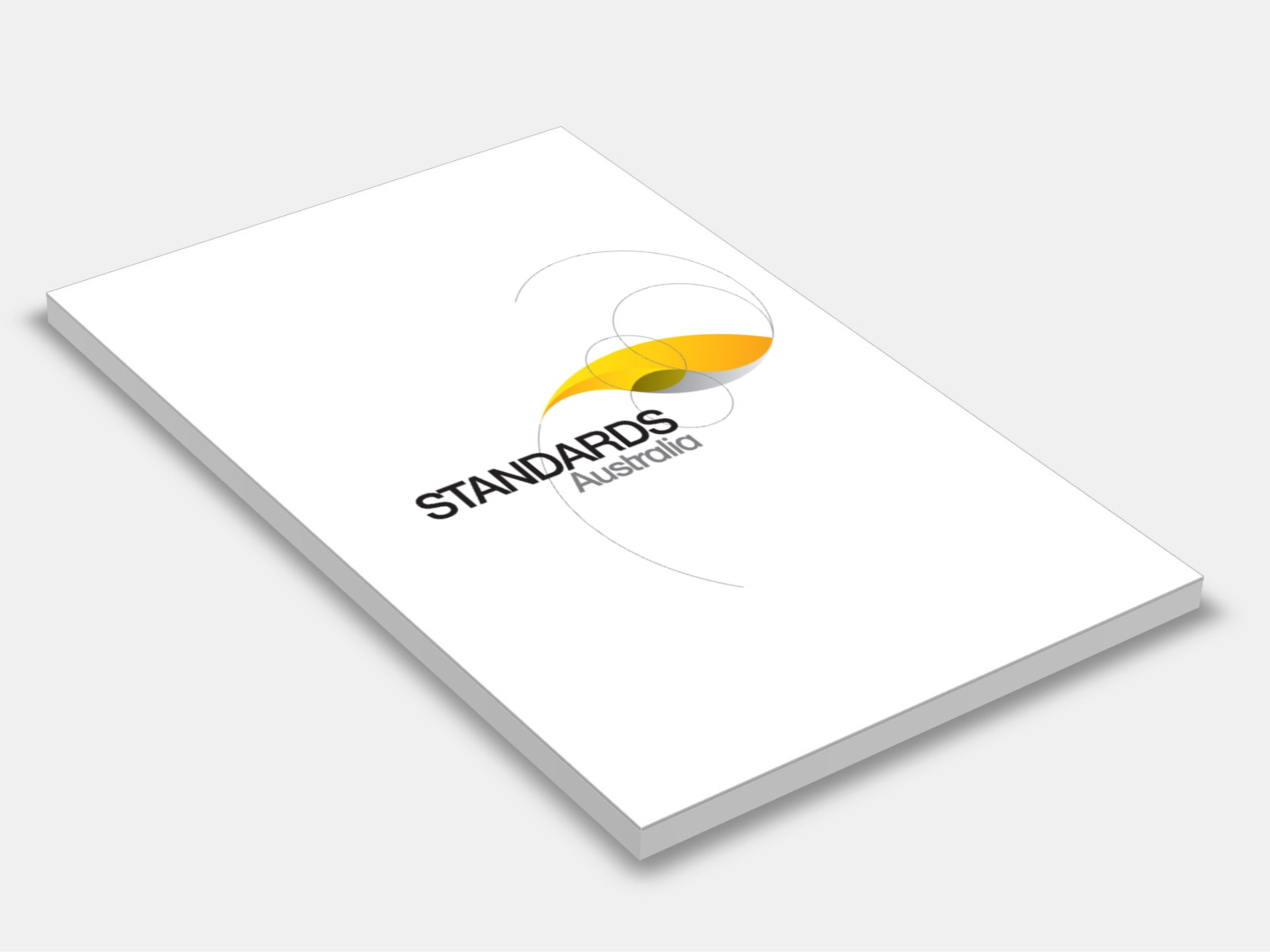
Type
Publisher
Standards Australia/Standards New Zealand
Publisher
Standards Australia/Standards New Zealand
Version:
Third Edition 2022.
(Current)
Short Description
Sets out requirements and means of conformance for the design, installation and commissioning of gas installations that are associated with the use or intended use of fuel gases such as natural gas, LP Gas, or biogas.
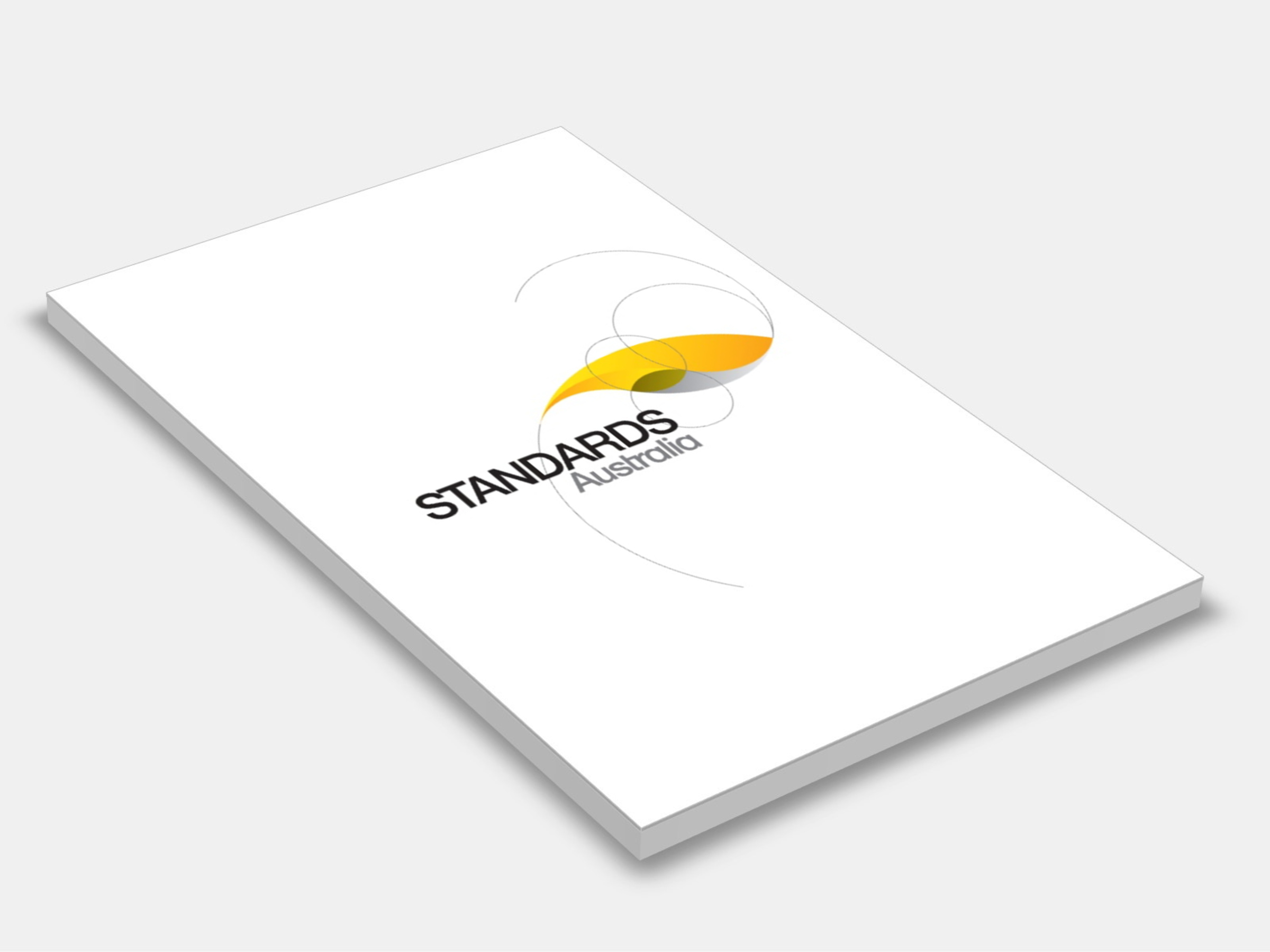
Type
Publisher
Standards Australia
Publisher
Standards Australia
Version:
First Edition 2019.
(Current)
Short Description
The objective of this Standard specifies generic cabling within premises that comprise single or multiple buildings on a campus; it covers balanced cabling and optical fibre cabling.
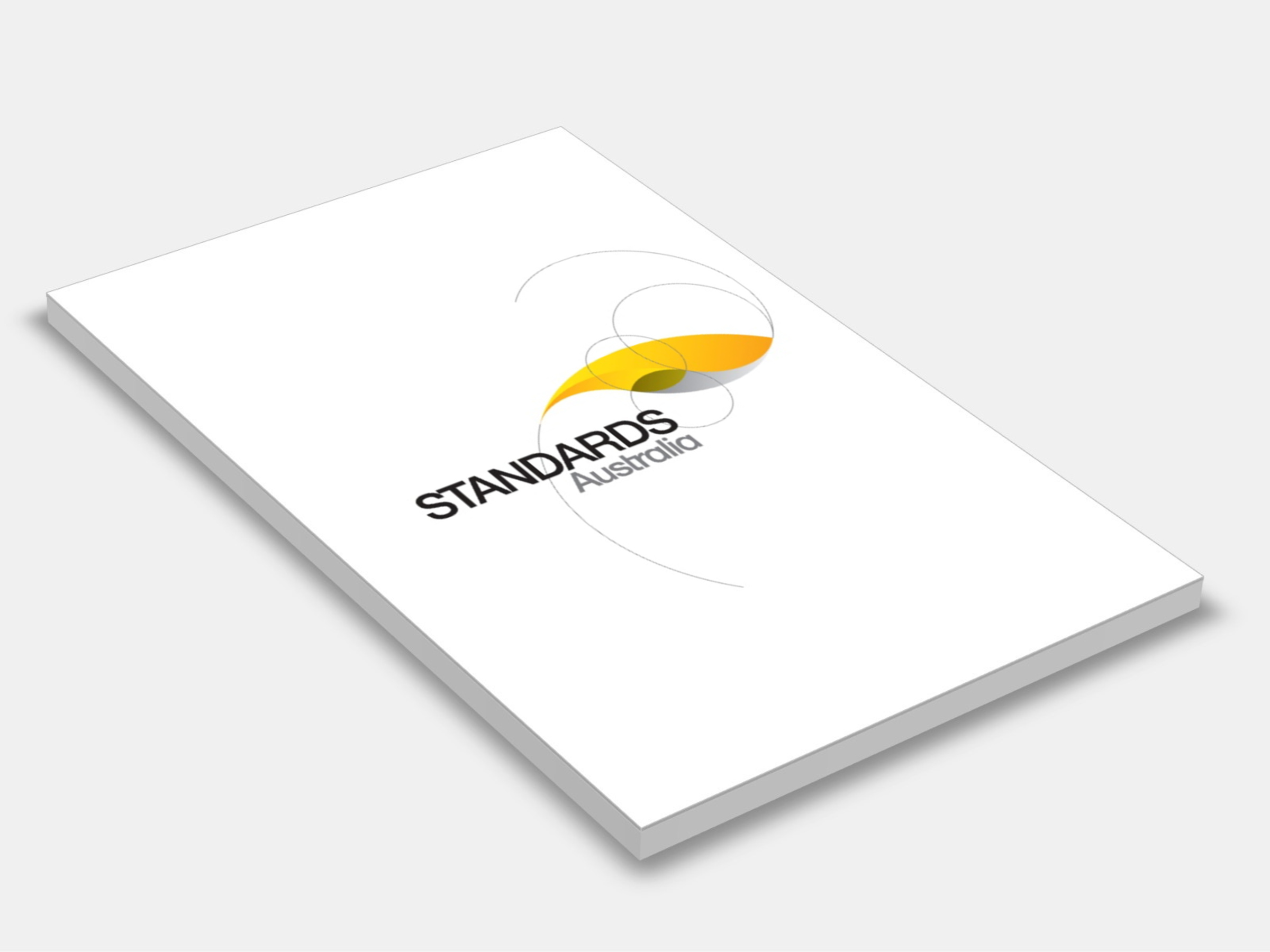
Type
Publisher
Standards Australia/Standards New Zealand
Publisher
Standards Australia/Standards New Zealand
Version:
Second Edition 2014.
(Current)
Short Description
This Standard provides safety rules for optical fibre communication systems and associated materials and equipment.
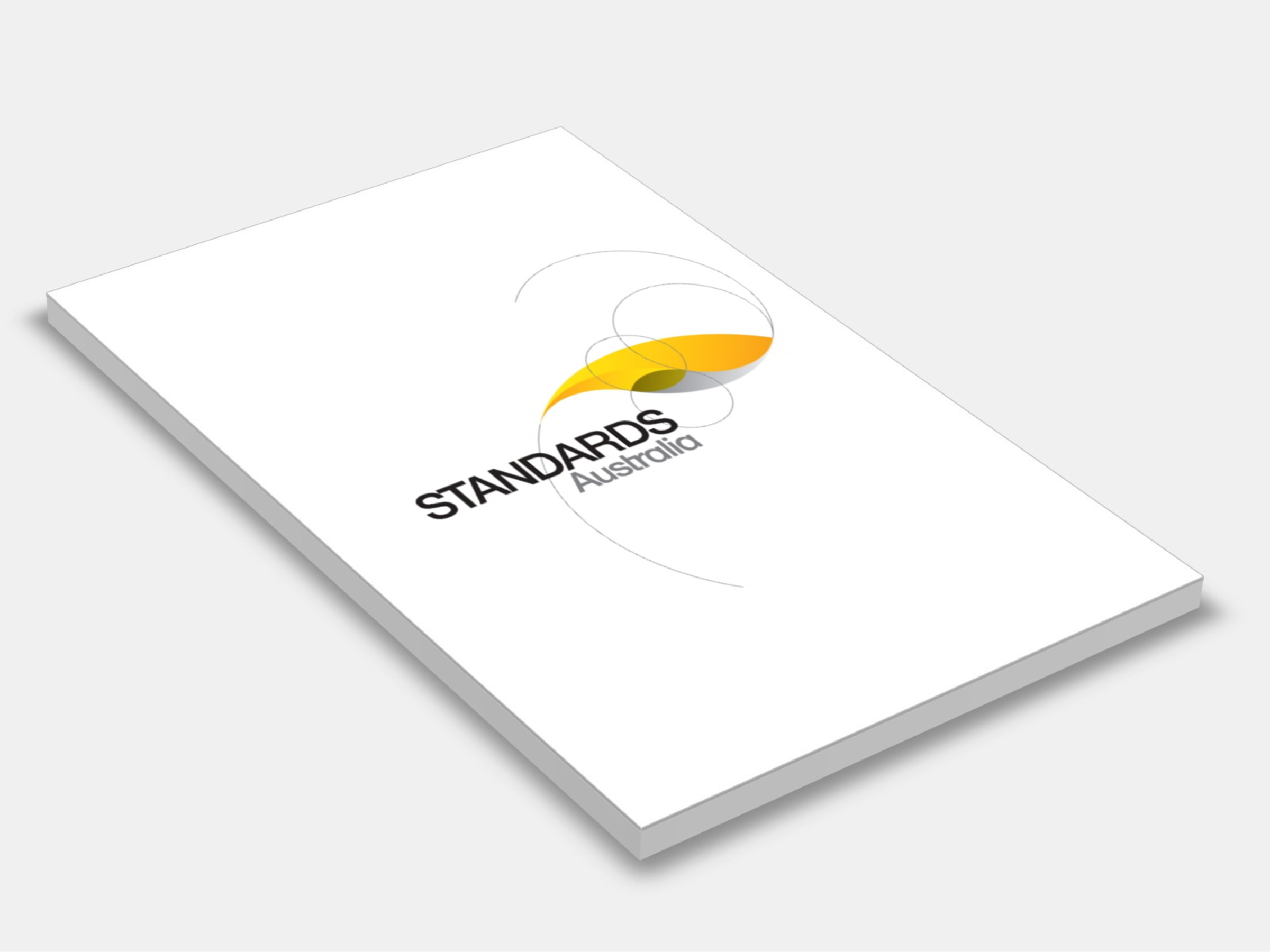
Type
Publisher
Standards Australia/Standards New Zealand
Publisher
Standards Australia/Standards New Zealand
Version:
First Edition 2017.
(Current)
Short Description
Adopts ISO/IEC14763-3:2014 to specify systems and methods for the inspection and testing of installed optical fibre cabling designed in accordance with premises cabling standards including ISO/IEC11801, ISO/IEC24764, ISO/IEC24702 and ISO/IEC15018.
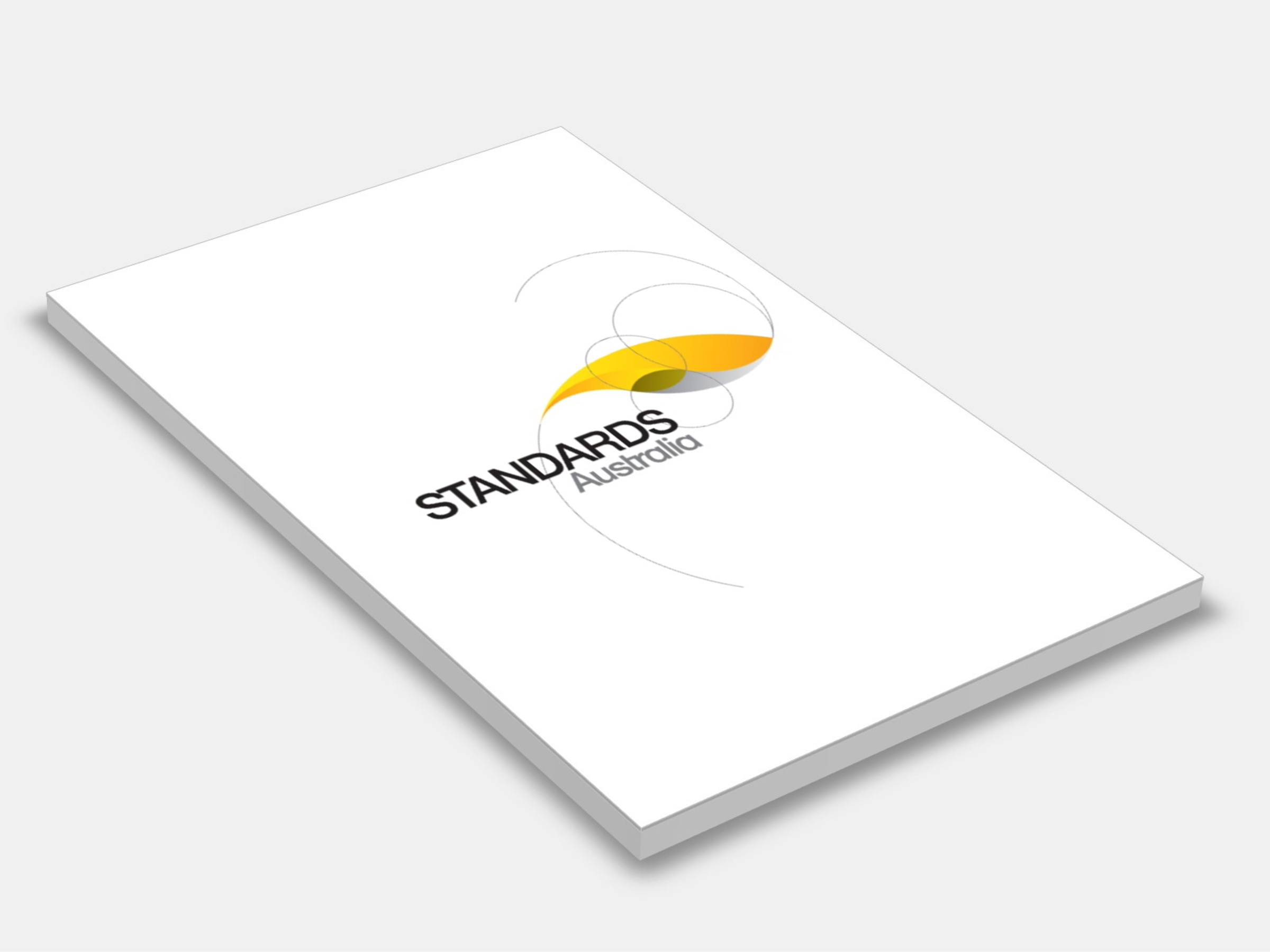
Type
Publisher
Standards Australia/Standards New Zealand
Publisher
Standards Australia/Standards New Zealand
Version:
First Edition 2023.
(Current)
Short Description
AS/NZS 3084:2017 is amended as follows.

Type
Publisher
Standards Australia/Standards New Zealand
Publisher
Standards Australia/Standards New Zealand
Version:
Second Edition 2009.
(Pending Revision)
Short Description
Specifies requirements and sets out recommendations for the selection, safe use and maintenance of industrial fall-arrest systems and devices based on the use of safety harnesses, horizontal life lines and rails, fall-arrest devices, and associated lanyards, connectors, anchorages and fittings.
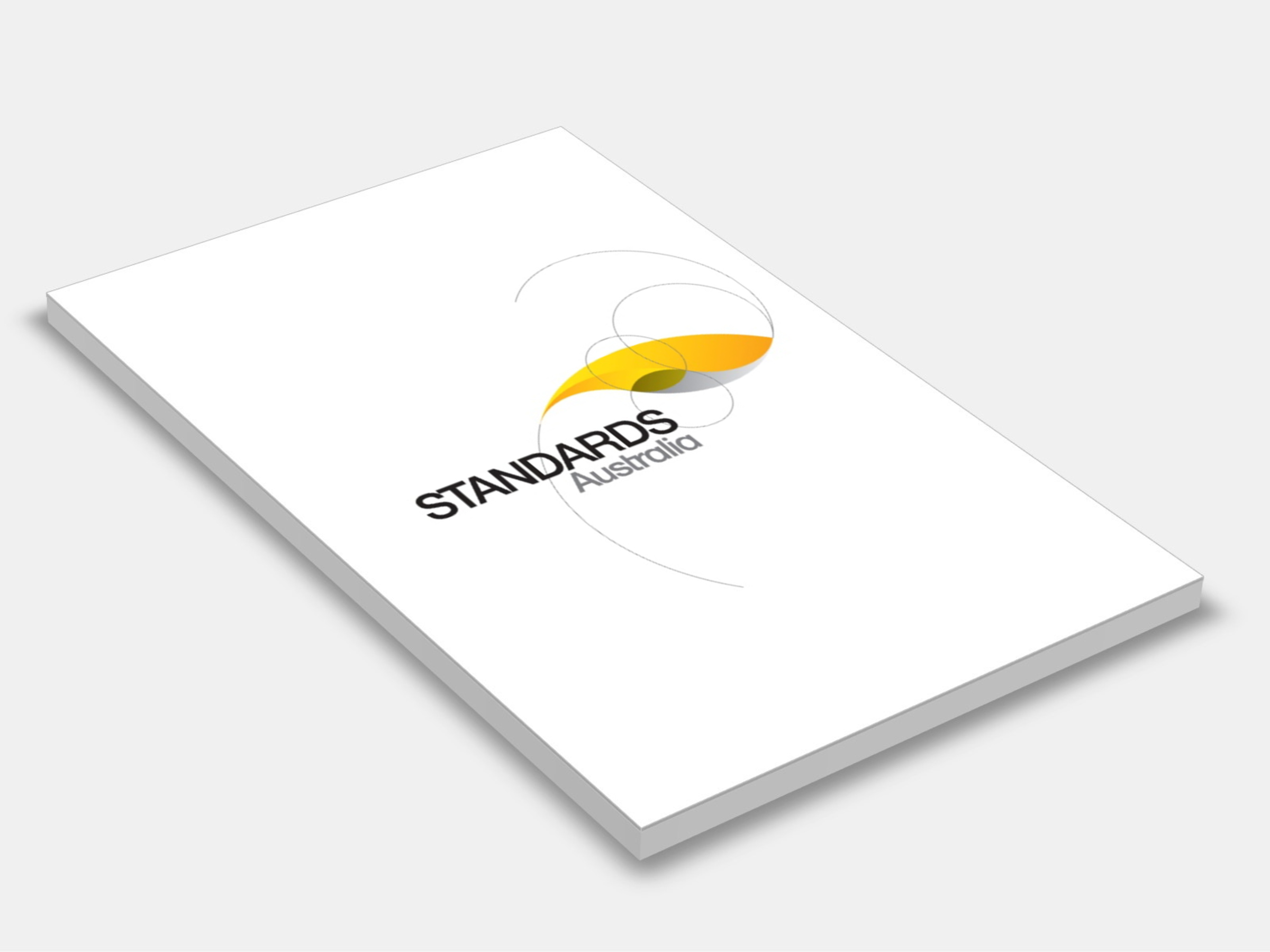
Type
Publisher
Standards Australia/Standards New Zealand
Publisher
Standards Australia/Standards New Zealand
Version:
Fourth Edition 2022.
(Current)
Short Description
Amendment to AS/NZS 3500.1:2021.
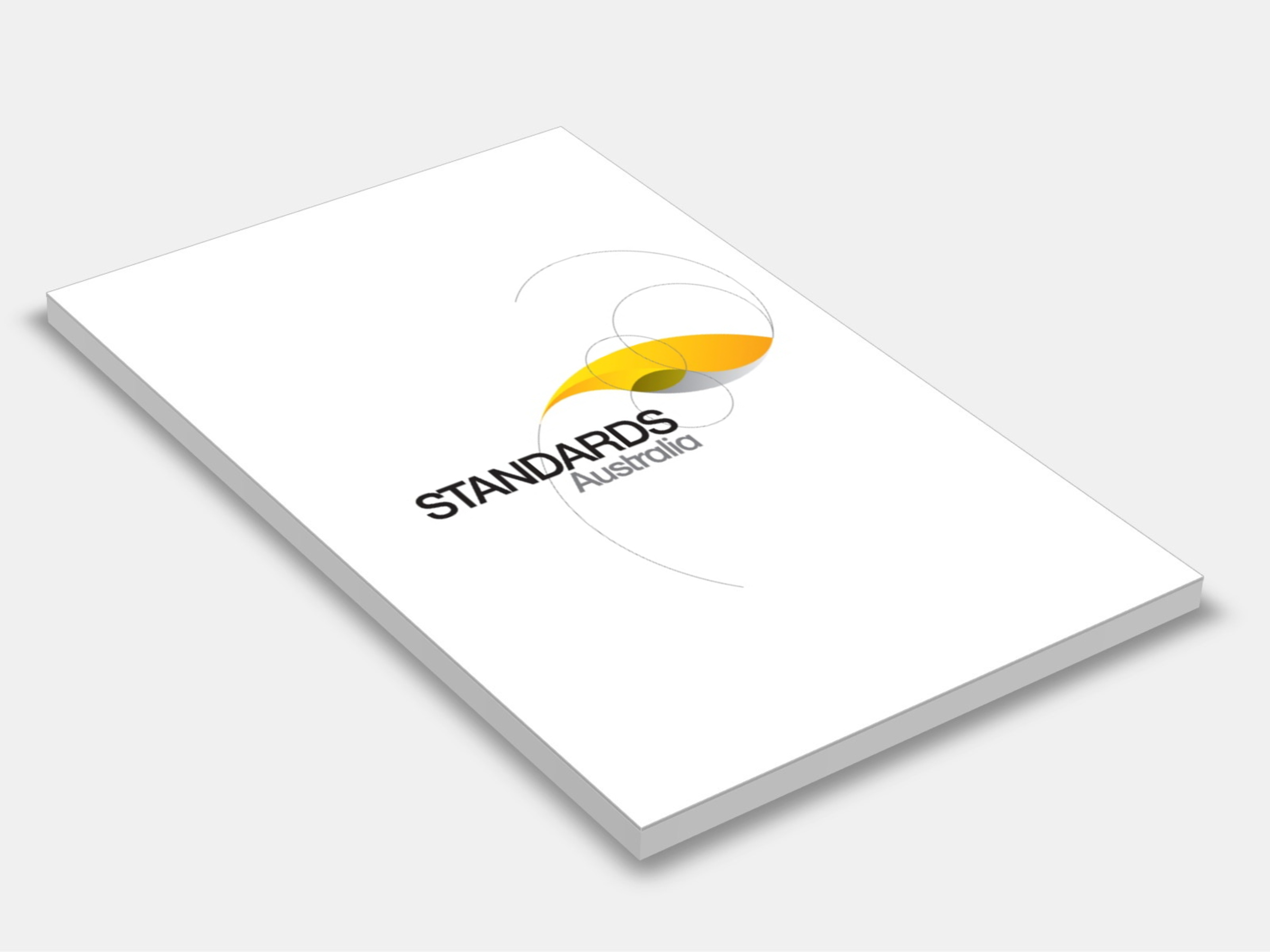
Type
Publisher
Standards Australia
Publisher
Standards Australia
Version:
Fifth Edition 2018.
(Current)
Short Description
Sets out requirements for the design, selection, construction and installation of fixed platforms, walkways, stairways and ladders that are intended to provide safe access to places used by operating, inspection, maintenance and servicing personnel.
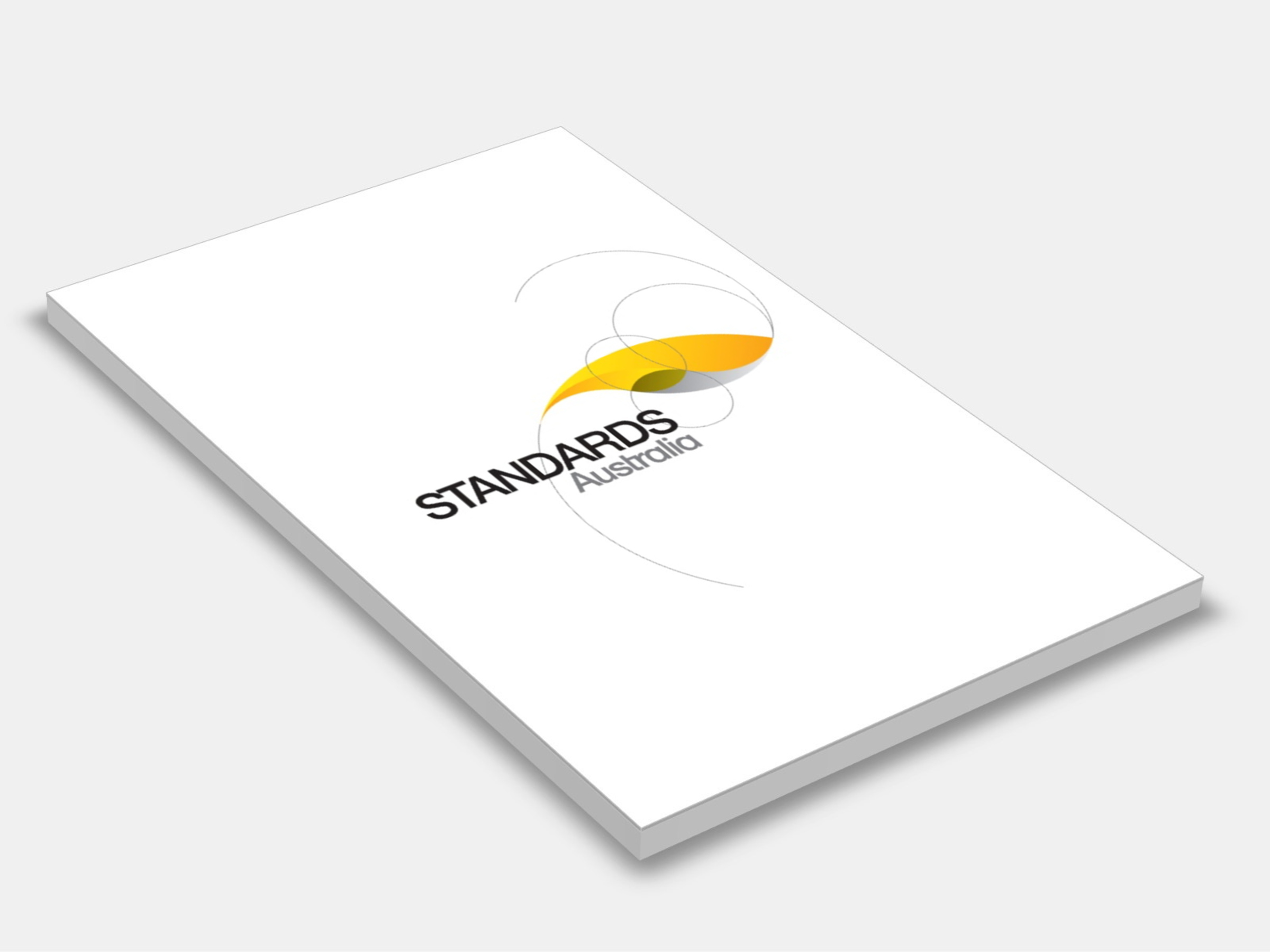
Type
Publisher
Standards Australia/Standards New Zealand
Publisher
Standards Australia/Standards New Zealand
Version:
First Edition 2020.
(Current)
Short Description
This Standard adopts ISO 22846-1:2003, which gives the fundamental principles for the use of rope-access methods for work at height; intended for use by employers, employees and self-employed persons who use rope-access methods, by those commissioning rope-access work and by rope-access associations.